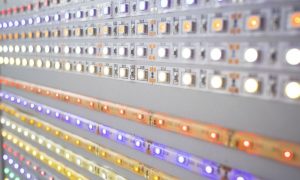
We stare at screens all day long. Whether we’re watching TV or working on our computers, screens are part of our everyday life. However, not many of us understand the complexity of how these screens came to be. One aspect of the process is measuring the light that emits from these objects. Manufacturers need different types of light measurement instruments to complete this task. Here are a few examples of the tools they can use to ensure every item that hits the market is up to par with governmental and manufacturing standards.
Tunable Light Source
One of the most popular light measurement instruments on the market today is a tunable light source. Tunable light sources measure color wavelengths to figure out how each shade will appear on a screen. Every display measurement lab should have a tunable light source at their disposal. Laboratories looking for such equipment should start and end their search at Gamma Scientific.
For example, we offer the SpectralLED® Uniform Intensity Tunable Light Source. This machine is ISO/IEC 17025 certified, which proves its reliability. In addition, the equipment is user-friendly, meaning people can make adjustments as they see fit. Experts should do further research to determine if this piece of machinery is well suited for them.
Light Meters
There are two types of light meters that everyone should know about: incident and reflective. Incident light meters measure the light falling onto a subject, whereas reflective items measure the background’s environmental light. Photographers use these tools every day to capture accurate pictures. Gamma Scientific tests light meters before they hit the shelves to ensure they’re as safe and precise as possible.
Those in the display measurement industry should know all about the different types of light measurement instruments. Experts must do more extensive research because there’s more equipment beyond what we have mentioned in this piece. The reality is that every object within a laboratory is important and ensures that the screens we use every day are safe to use.





